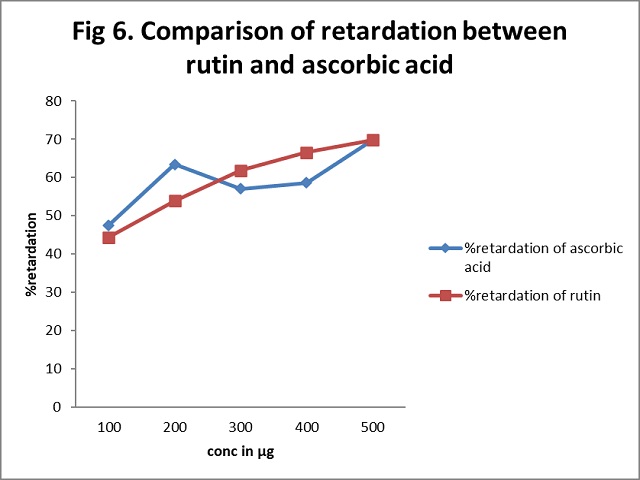Anti Hemolytic Activity of Rutin incase of Phenyl Hydrazine induced Hemolysis
DOI:
https://doi.org/10.5530/ctbp.2021.3s.41Keywords:
Hemolysis, Rutin, Phenyl hydrazine, Antihemolytic agent, ROS, RBC’sAbstract
The important role of Red Blood Cells (RBCs) is to transport oxygen to the tissues from the lungs to provide oxygen to all cells. During circulation, RBCs are continuously exposed to both endogenous and exogenous sources of reactive oxygen species (ROS) that can injury the RBC and ruin its function. The imbalance between cellular production of reactive oxygen species and the counteracting antioxidant mechanism leads to Oxidative stress. Flavonoids are low molecular weight secondary polyphenolic metabolites present in plants characterized by their flavan nucleus. Rutin is a flavonol plentiful in a variety of commonly ingested foods. The term ‘Rutin’ came from a plant known as Ruta graveolens that also encompasses Rutin. Teas and fruits have high concentration of Rutin. Buckwheat seeds (Fagopyrum esculantum) are the richest source. Rutin protects the body from cellular damage caused by free radicals with its antioxidant properties. It helps to eliminate cholesterol from the body and increase elasticity of the arterial walls, which in turn promotes greater blood flow. The present investigation was aimed to assess the antihemolytic activity of the Rutin using phenyl hydrazine as hemolysin. This study uses RBC as model system to access the anti-hemolytic activity of Rutin using phenyl hydrazine as hemolysin. Phenyl hydrazine which was used previously in treating sickle cell anemia was used in this investigation as hemolysin. The result of the study shows that the addition of phenyl hydrazine [1-500 μg/ml] to the RBC suspension caused significant (P<0.01) rise in hemolysis. The cell pellet in the bottom of the tubes reduced to reddish colored supernatant indicating hemolysis. The effect was concentration dependent. The present investigation clearly indicates that phenyl hydrazine causes hemolysis and toxicity to RBC. The concurrent addition of phenyl hydrazine along with the test compound Rutin (100-500 μg/ml) to the RBC suspension significantly (P<0.01) reduced phenyl hydrazine induced hemolysis in a concentration dependent manner. The protective effect of Rutin on the hemolysis induced by phenyl hydrazine clearly shows it acts as anti-hemolytic agent. This finding was compared with the standard ascorbic acid. IC50 value of Rutin and ascorbic acid were 160.86 and 163.5 μg/ml respectively. The Rutin extract showed maximum inhibitory effect 69.8%.at 500μg/ml. This shows that Rutin can be effectively used as anti-hemolytic agent.



